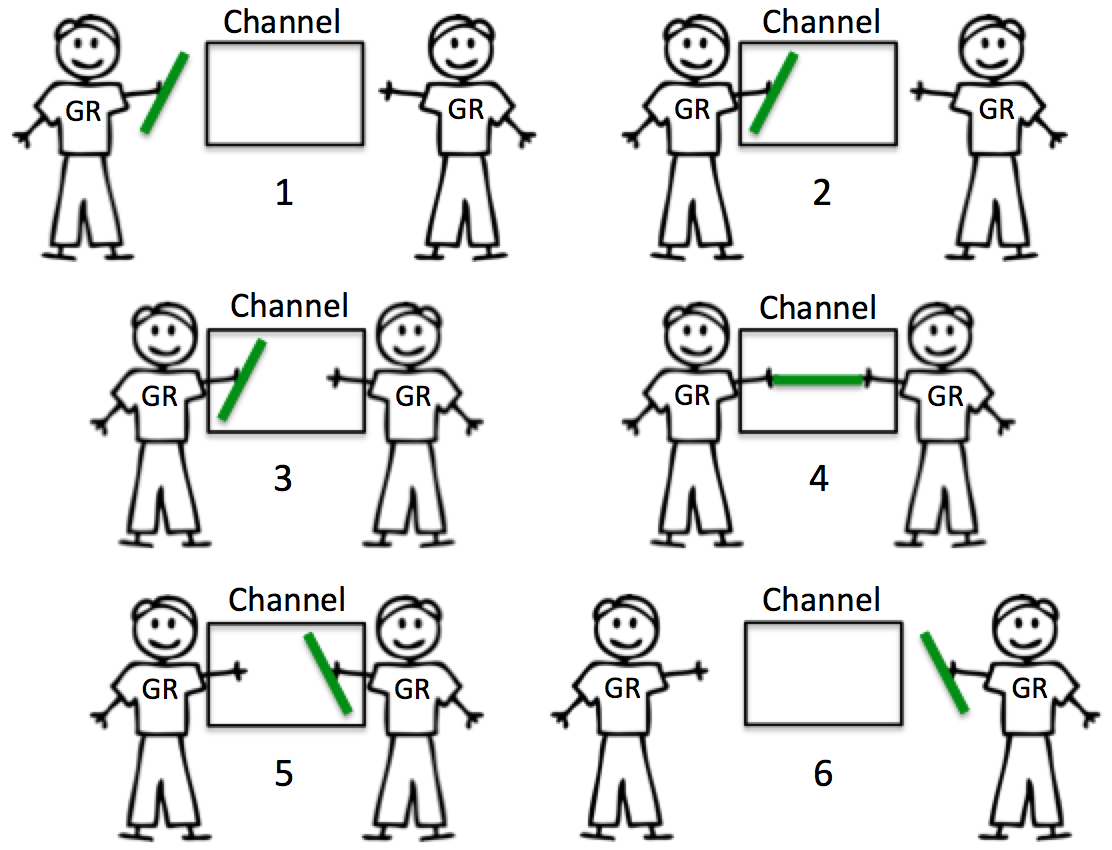Introduction
In my last post called Concurrency, Goroutines and GOMAXPROCS , I set the stage for talking about channels. We discussed what concurrency was and how goroutines played a role. With that foundation in hand, we can now understand the nature of channels and how they can be used to synchronize goroutines to share resources in a safe, less error prone and fun way.
What Are Channels
Channels are type safe message queues that have the intelligence to control the behavior of any goroutine attempting to receive or send on it. A channel acts as a conduit between two goroutines and will synchronize the exchange of any resource that is passed through it. It is the channel’s ability to control the goroutines interaction that creates the synchronization mechanism. When a channel is created with no capacity, it is called an unbuffered channel. In turn, a channel created with capacity is called a buffered channel.
To understand what the synchronization behavior will be for any goroutine interacting with a channel, we need to know the type and state of the channel. The scenarios are a bit different depending on whether we are using an unbuffered or buffered channel, so let’s talk about each one independently.
Unbuffered Channels
Unbuffered channels have no capacity and therefore require both goroutines to be ready to make any exchange. When a goroutine attempts to send a resource to an unbuffered channel and there is no goroutine waiting to receive the resource, the channel will lock the sending goroutine and make it wait. When a goroutine attempts to receive from an unbuffered channel, and there is no goroutine waiting to send a resource, the channel will lock the receiving goroutine and make it wait.
In the diagram above, we see an example of two goroutines making an exchange using an unbuffered channel. In step 1, the two goroutines approach the channel and then in step 2, the goroutine on the left sticks his hand into the channel or performs a send. At this point, that goroutine is locked in the channel until the exchange is complete. Then in step 3, the goroutine on the right places his hand into the channel or performs a receive. That goroutine is also locked in the channel until the exchange is complete. In step 4 and 5 the exchange is made and finally in step 6, both goroutines are free to remove their hands and go on their way.
Synchronization is inherent in the interaction between the send and the receive. One can not happen without the other. The nature of an unbuffered channel is guaranteed synchronization.
#go

